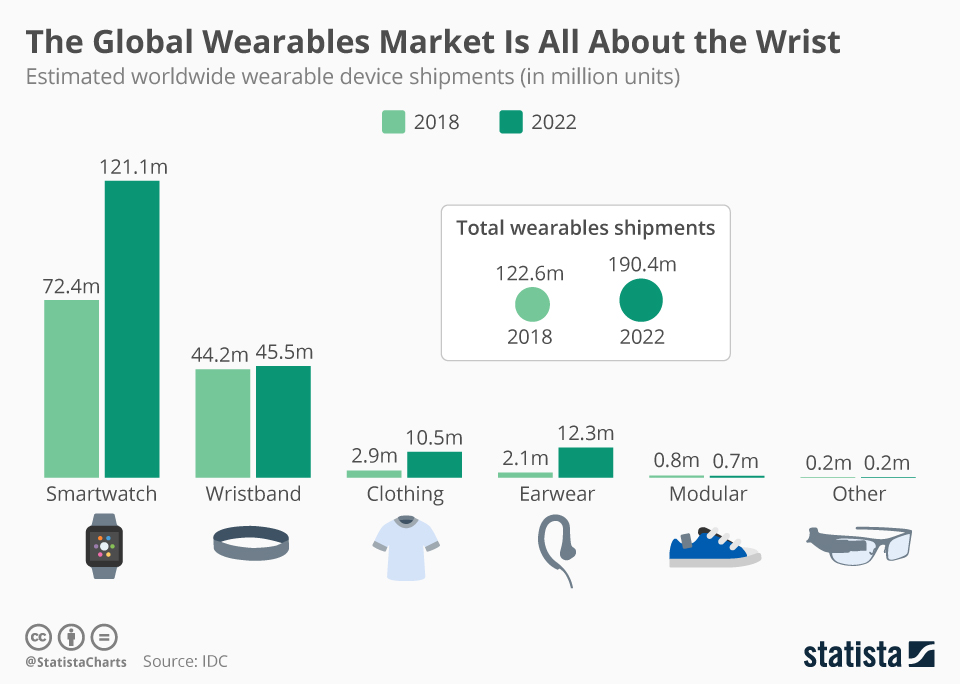Surge in IoT during Covid-19
We have all been introduced to new lifestyle concepts during these unprecedented times. From social distancing to full isolation in lockdown, everything enforced has been in the hopes of managing infection rates and ensuring our healthcare systems are not overwhelmed. Technology with the capability to offer remote consultations is proving to be beneficial.
Digital transformation has been a long-term strategic goal for the NHS
Prior to the pandemic less than 40% of patients with a chronic condition had a telehealth visit; since the pandemic, this number rose to more than 60%.
Although the adoption of remote monitoring may have improved user satisfaction, it still presents challenges and requires real-time collaboration between clinical practices, healthcare providers and third party technology companies to ensure the right patients are treated at the right time. Incorporating remote monitoring into a chronic disease patient’s health management may improve patients’ quality of life by enabling them to maintain independence.
It can be especially helpful for patients who are managing a more complex self-care processes such as home dialysis, diabetes or heart failure. Key features of accurate remote monitoring, such as trend analysis of physiological parameters, enable early data analysis and detection of condition deterioration which could in turn reduce hospital visits, duration of in-hospital stays and, with timely intervention, improve patient outcomes.
As demand for control over personal healthcare continues to grow, IoT Healthcare devices have an opportunity for intelligent implementation that will allow them to play a key role in assisting medical professionals, supporting them in managing the increasing demand of an already strained system.
